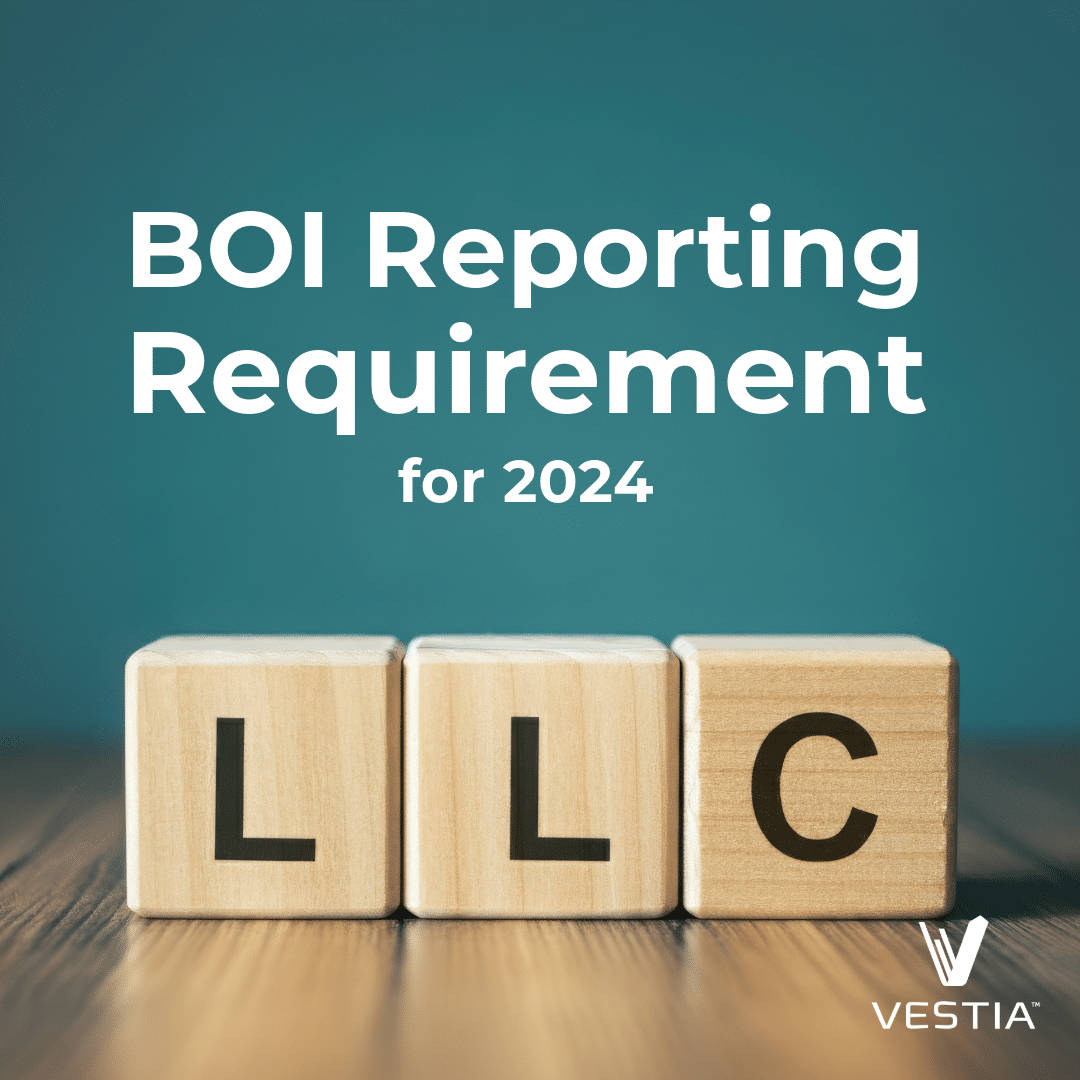Suitable disability insurance is critical for all physicians, but there are additional factors women physicians should understand. From high premiums to gender-specific exclusions, women physicians are put in a unique position when it comes to protecting their income.
Here’s why long-term disability insurance is different for women and what you can do to prepare.
A Quick Overview of Long-Term Disability Insurance
If you took a 100% pay cut tomorrow, what would happen? How long would you be able to sustain your current lifestyle? What kind of toll would that loss take on your mental and emotional wellbeing?
Disability insurance protects your ability to earn an income. While you might not think it will happen to you, the truth is that one in seven doctors will have to use their disability insurance. There are two types of disability insurance:
- Short-term disability—provides coverage for about 3-6 months and replaces anywhere from 60 to 80% of your salary.
- Long-term disability—includes coverage for years (even up to retirement age) but only covers about 60% of your paycheck, usually not including equity compensation if you have it.
We will focus on long-term disability insurance as it tends to be the most pressing for physicians.
Long-term disability insurance offers two types:
- Group LTD: You can acquire these policies through work. Group policies are a good place to start but often not enough as they only pay up to 60%, have strict income caps, and often only cover your specialty for the first two years of disability.
- Individual Disability Insurance: A private policy you buy on your own.
Many doctors need specialty coverage—and for women physicians, it gets even more complicated.
Disability Insurance Premiums Are Higher for Women, What Can You Do?
Unfortunately, women tend to pay far more than their male counterparts for disability insurance. Premiums can be up to 50% more expensive. Why? Because statistically, women file more claims and tend to need coverage for more extended periods.
Why do women file more claims? It typically comes down to pregnancy and the risks that come along with it. To combat this, we recommend that women physicians look into a unisex policy wherever possible.
A unisex disability policy brings the “female premium rate” down to a gender-neutral rate. While the gender-neutral rate is still higher than the male rate, it typically saves people about 50% compared to the standard rate for women.
Another way women physicians can avoid high insurance premiums is by shopping for policies early in their careers. When you’re younger, you can lock in a more competitive rate because the insurance companies assume less risk by covering you. Unfortunately, the older you get, the more your coverage will cost.
Select A Policy With The Best Definition of Disability
Disability insurance isn’t black and white—it’s a sea of varying grey tones. You may be surprised to know that there are different ways to define disability within a policy, so women must select policies with more universal language.
When evaluating policies, take note of two phrases in particular:
- “Own Occupation,” and
- “Any Occupation.”
Own Occupation
If you become disabled under an “own occupation” policy, it means that you cannot perform the duties of your own job. So, if you’re a surgeon and unable to handle the taxing responsibilities of your position, you are considered disabled, and you’ll receive benefits.
Own occupation policies continue to provide benefits if you can work in a different field. So if you’re a highly compensated surgeon and can no longer be in the O.R but can give lectures at the medical school, your disability insurance will still cover you.
Any Occupation
However, an “any occupation” policy is more strict. This type of policy requires you to show that you are incapable of performing any job that you are qualified for. For example, you may not be able to perform surgery, but you could still be capable of consulting and treating patients in some capacity. If that’s the case, the insurance company won’t pay your benefits, even if the job pays far less.
Keep in mind that even if your long-term disability plan starts as an own occupation policy, it may not stay that way. It’s not uncommon for policies to contain a clause that, after a certain amount of time (usually two years), your policy will convert into an any occupation plan.
It definitely pays to read the fine print!
Consider Your Plans for Children
Some disability policies can cover pregnancy-related leave, but not all, so while you’re shopping, think about your future wants and needs. If you want to have children, it’s often beneficial to purchase a policy before becoming pregnant.
If you wait until you’re pregnant to purchase a long-term disability policy, you may face a pregnancy exclusion. Essentially, any pregnancy-related disability will not be covered under your plan because it is considered a “pre-existing” condition.
Unfortunately, we’ve seen it happen before.
The Pregnancy Exclusion: A Case Study
A Vestia client had severe pre-eclampsia and needed an emergency C-section with her first child. She was still in her fellowship and had not yet gotten disability insurance in place.
This client came to us while transitioning to practice, and we started the process of securing disability coverage. She was able to get a solid specialty-specific coverage, but because of the complications of her first pregnancy, they put a pregnancy exclusion on the policy with a reconsideration after a normal pregnancy and delivery.
Had she secured coverage before she got pregnant, there wouldn’t have been an issue.
How Much Do Women Need?
It’s often best to start with a more comprehensive policy and taper down as your debt to income ratio balances out, and you become closer to financial freedom. The truth is that there isn’t one perfect number when it comes to the amount of insurance—it varies from person to person.
The amount of coverage most women physicians need falls somewhere between 60% and 80% of your pre-tax income. Many factors amount to that number, including your budget and income status. The amount of coverage you need is a case-by-case situation to evaluate with your advisor based on your household situation.
Find An Advisor With The Right Experience That Suits Your Needs
As you can see, the ins and outs of long-term disability insurance for women physicians can be quite complex. The cost is only one factor—you must consider the company’s policy definitions, benefit amounts, and reputation to ensure that you have the best policy for your situation.
You also need to consider the advisor that you’re working with. It’s essential to work with an independent agent who has experience working with women physicians.
The Game Changer Of Independent Agents: A Case Study
Independent agents can be extremely helpful for women physicians looking for long-term disability insurance.
We recently began working with a couple (both doctors) who came to us from another advisor at a local bank. When he finished training, their former advisor secured good specialty-specific disability coverage for the ER doc husband.
Now that the wife was nearly done with her training, she had the advisor look for quotes for her. The bank advisor pulled a quote from the same company that insures her husband. While the policy was a robust specific coverage, it wasn’t at a unisex rate, making it far more costly.
She was wary of the massive price tag and went looking for a second opinion—that’s when another physician referred her to us. Based on our experience working with women physicians, we knew that her training institution gave access to a specialty-specific individual disability policy with a unisex rate!
With our help, she secured a policy of comparable quality and protection but 30% cost savings! Throughout her career, that will save her tens of thousands!
Our team at Vestia has been able to save our women physician clients tens of thousands of dollars just by our vast experience within the industry. If you’re not sure which long-term disability policy is right for your situation, the team at Vestia can help. Get in touch with one of our experienced advisors today!
Disclosures
Investment advisory services offered through Vestia Personal Wealth Advisors, Vestia Retirement Plan Consultants, and Vestia Advisors, LLC. Securities offered through Ausdal Financial Partners, Inc., 5187 Utica Ridge Rd, Davenport, IA. 52807 (563)326-2064. Member FINRA/SIPC. Vestia Personal Wealth Advisors, Vestia Retirement Plan Consultants, Vestia Advisors, LLC, and Ausdal Financial Partners, Inc. are independently owned and operated.
This material is intended for informational purposes only. It should not be construed as legal or tax advice and is not intended to replace the advice of a qualified attorney or tax advisor. This information is not an offer or a solicitation to buy or sell securities. The information contained may have been compiled from third-party sources and is believed to be reliable.



